How to keep your shed cool in a heatwave – 8 heat-busting solutions to keep you cool in summer
These eight tricks are guaranteed to make summer yard work more comfortable, experts assure
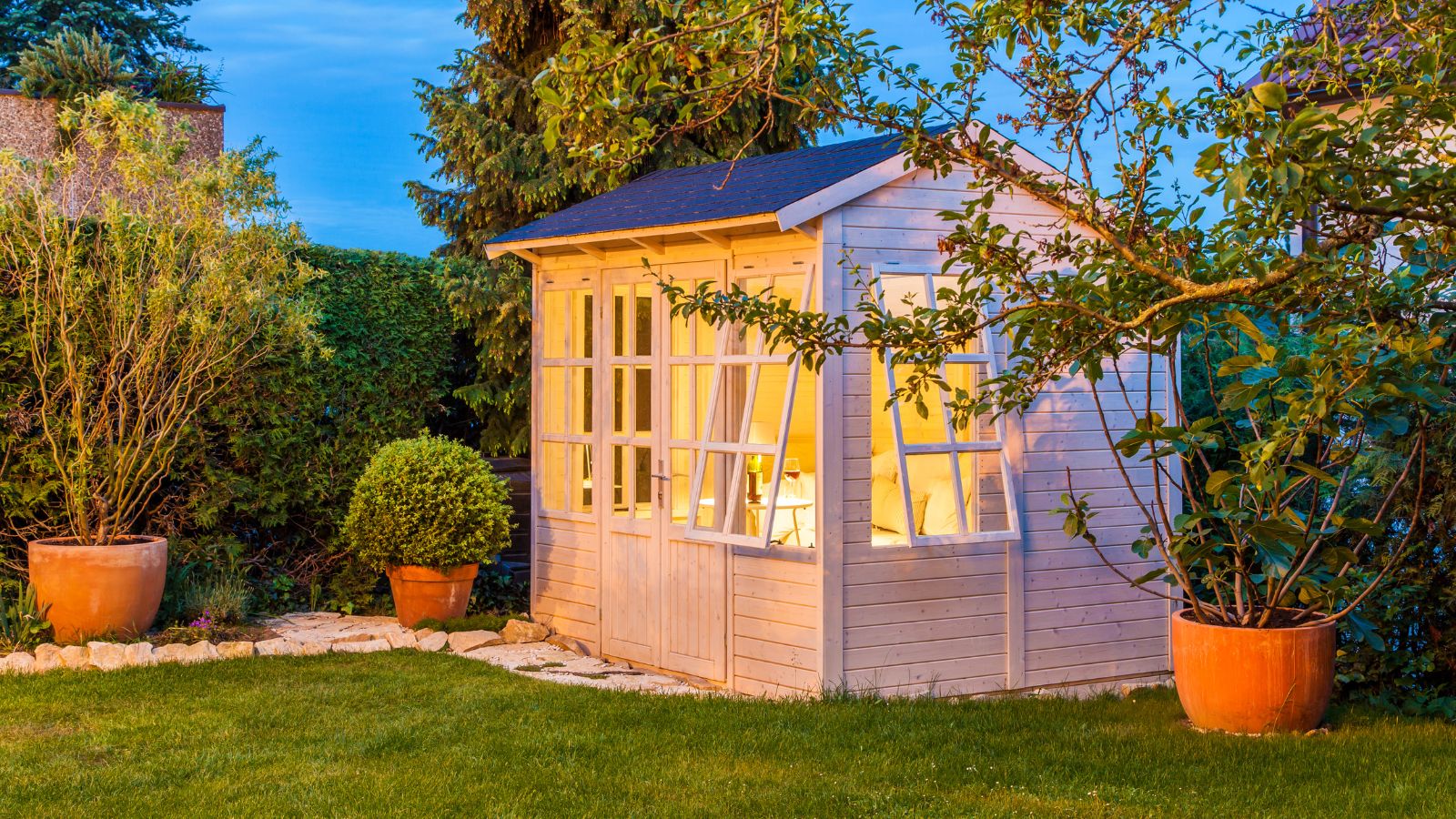

With temperatures going up and up summer after summer, working out in the yard is becoming increasingly difficult. This is especially true when working inside an outbuilding such as a shed.
Whether you use your shed to store yard or DIY essentials or to pot up flowers, letting your outbuilding get too hot can be both dangerous for your health and can damage to the building and the items stowed inside of it. That is why it’s vital to learn how to keep your shed cool in a heatwave. Luckily, HVAC experts and landscapers have plenty of practice keeping their shed ideas cool in the summer heat.
Here, they share their eight best tips for weatherproofing a shed to keep it cool in summer so you can continue your yard work comfortably.
How to keep your shed cool in a heatwave
Keeping your shed cool usually comes down to two things – keeping air moving and blocking heat transfer.
Here, we ask the experts to share their top tips for keeping your shed cool in a heatwave.
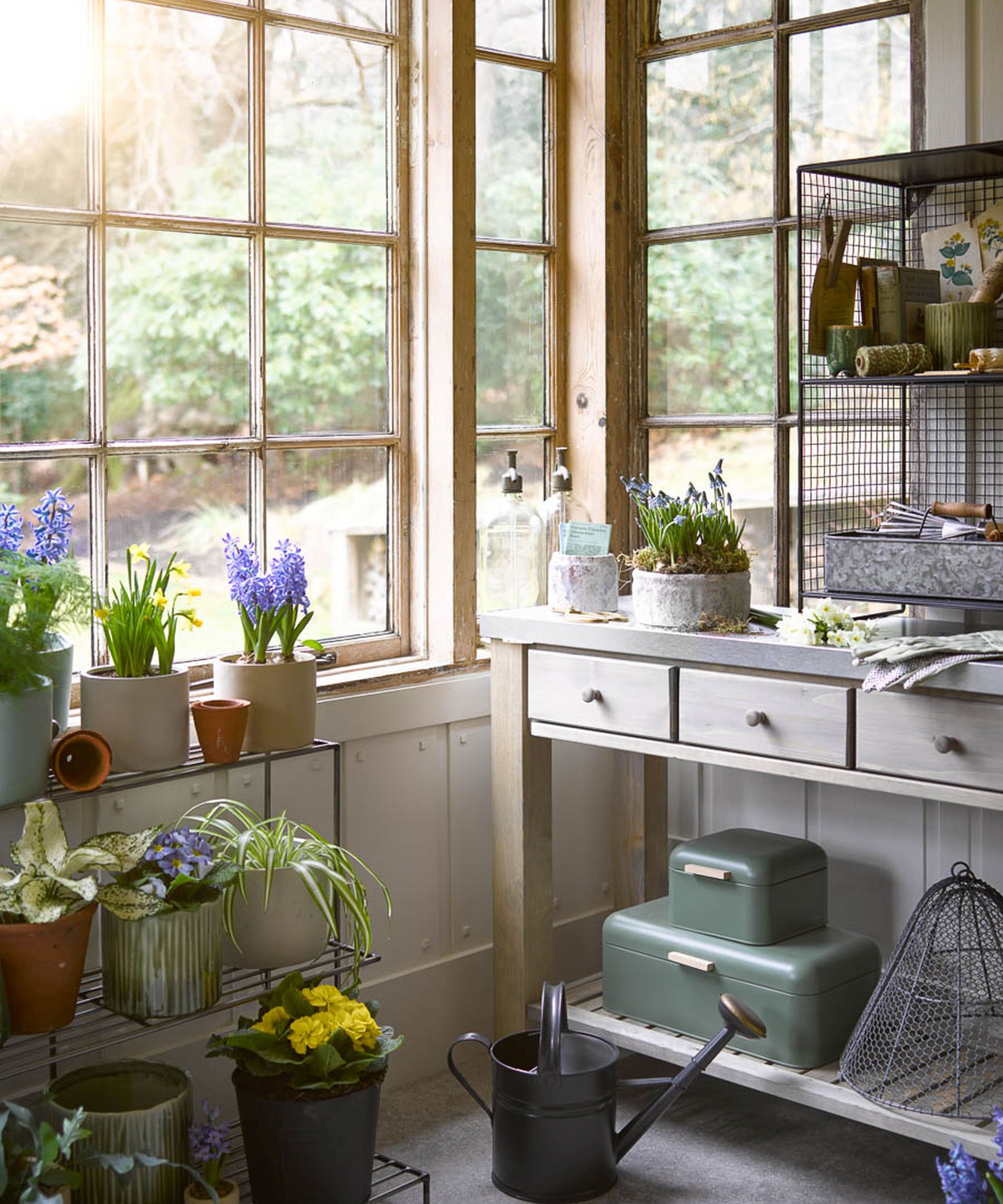
1. Add solar-powered roof vents
Cooling down a shed is not too dissimilar to cooling down a room in your house. The trick is to keep air moving, pushing hot air out to lower the internal room temperature. To make this easy in a shed, Niki O’Brien, operations manager at Custom Exteriors, a roofing and exteriors company based in Colorado, suggests installing solar-powered roof vents.
‘An easy and effective way to cool a shed is to add a solar-powered roof vent. It operates off solar energy, so it requires no electrical installations, which are generally not available in a shed. It is controlled by a thermostat and will automatically suck warm air out accordingly.’
2. Paint the shed a light color
Painting a shed is a great garden decorating idea that boosts functionality and aesthetics at the same time. Opting for a light color can help to reflect light and minimize heat transfer, helping to keep the inside of your shed cooler, says Steve Schumacher, a veteran landscape professional at Boston Landscape Co. with 30 years of landscaping experience.
‘Painting the shed roof white or another light, reflective color is a simple solution that provides big benefits. The white roof reflects much of the sun's energy, preventing it from heating up the attic and shed interior.
‘For an average-sized shed, a white roof can reduce temperatures by 10 degrees or more,’ he estimates.
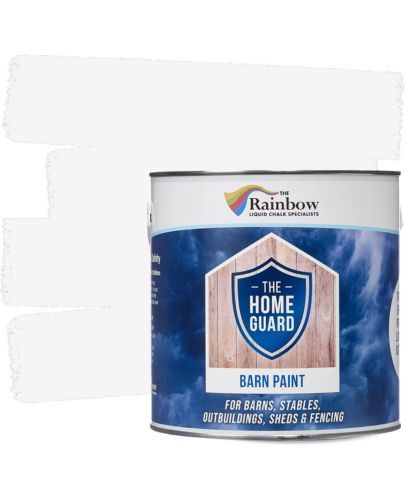
Durable acrylic formula, perfect for all types of outdoor use. Protects against cracking, blistering and flaking, as well as hels prevent rot.
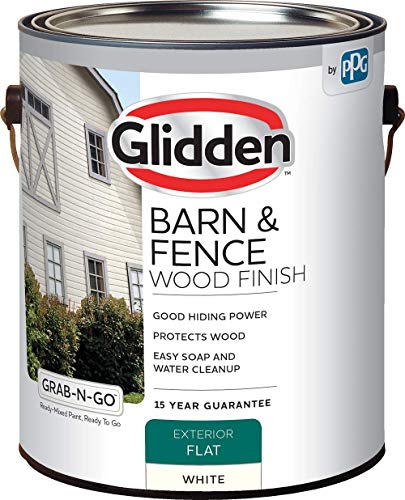
Glidden paint offers great wood protection to keep outdoor sheds and barns in top condition no matter the climate.e
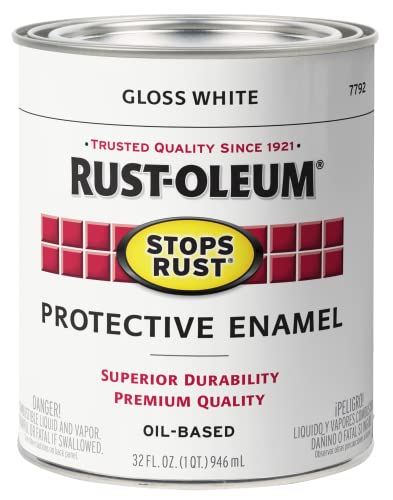
Weather and corrosion resistant coating protects exterior/interior surfaces like wood, metal, concrete, masonry and more
3. Apply a reflective coating
If you want to go the extra mile to block heat transfer and keep a shed cool, consider adding reflective coatings to direct light and heat away from your shed building, adds Scot Rounds, CEO of Sunray Roofing and Solar and a solar energy expert with 20-years of experience in the construction industry.
‘Apply a reflective coating to the shed’s roof and exterior. White elastomeric [pliable synthetic materials similar to rubber] roof coatings, for example, reflect sunlight and prevent heat absorption, reducing shed temps by 10 degrees or more.’
4. Ensure proper ventilation
Just as you would improve ventilation in your home, you need to keep air moving in your shed. To do this, Steve Schumacher, a veteran landscape professional, recommends installing vents, windows, and mesh panels on the shed’s south and west sides.
‘Opening vents in the evenings and overnight allows the hot air to escape, and closing them during the warmest parts of the day keeps the shed cooler. With some basic improvements to airflow and reflection of sunlight, sheds can stay comfortable even on sweltering summer days.'
5. Try portable cooling devices
Of course one of the easiest ways to keep a shed cool is to introduce cooler air. This can be done in a series of easy, from using the best fans to adding a portable air conditioner – each with its own benefits, says Lisa Puvins, owner and operator of Pro-Tech Heating and Cooling:
- ‘Portable Air Conditioners: These units are easy to install and can quickly cool down small spaces like sheds. I would recommend the unit you choose is appropriately sized for the shed's square footage.
- Evaporative Coolers (Swamp Coolers): These are energy-efficient and work well in dry climates. They use water to cool the air and are portable enough to move around the shed as needed.
- Fans: Strategically placed fans can help circulate air and create a cooling breeze. Ceiling fans, box fans, or oscillating fans can all be effective, especially when used in conjunction with proper ventilation.'
6. Use a dehumidifier
We usually only think of using the best dehumidifiers to help dry laundry or reduce the chance of common types of household mold. However, in the height of summer, they can be invaluable to making a shed feel cooler Andrew Hulsebos, HVAC expert with over 15 years experience, and service director at Reiner, suggests.
‘Excess humidity can lead to a variety of issues, including mold growth, musty odors, and discomfort. Installing a dehumidifier can help maintain a healthy indoor environment and improve overall indoor air quality while simultaneously making the heat feel less oppressive,’ he explains.
It can also help to fend off musty odors in a shed and protect wooden buildings and shed storage ideas, helping your shed last longer.
7. Bolster your insulation
Insulation is usually associated with making your shed feel warm in winter. However, done properly, insulation can also help to keep your shed cool in a heatwave.
Yashar Mosaferi, thermal comfort expert and president of Klondike AC, says: ‘Probably one of the most effective ways to keep the shed cool during summer is through proper insulation and ventilation. Insulation helps to avoid direct heat entry through the walls and the roof, hence avoiding temperature increases inside the building. Insulate with foam board insulation or reflective barriers to minimize massive heat gain.’
8. Cover the windows
Given that blackout curtains keep heat out to help keep a home cool in a heatwave, it makes sense to bring this advice out to your shed Sam Jenkinson, shed expert at garden building retailer Tiger recommends.
‘Covering your windows so they don’t have prolonged exposure to direct sunlight can help prevent the build-up of heat inside. You can achieve this by sticking fabric or heat reflective film, from Walmart, over the windows to block the light, with kitchen foil a good option to use as it will reflect the sun off it,’ he says.
‘For a longer-term fix, double glazing is also effective at regulating the temperature,’ Sam continues. ‘A single pane of glass has a heat-trapping effect, meaning your shed could easily feel like a greenhouse. An additional layer of glass can help prevent heat from penetrating and stop cooled air from escaping.’
FAQs
What type of shed is best for hot weather?
If you live somewhere with a regularly hot climate, consider investing in a vinyl shed. Vinyl sheds do not crack easily and are generally more weather-resistant than traditional wooden or other plastic sheds. They also do not heat up as much as metal sheds and are easier to keep cool.
Even with insulating or cooling measures in place, there are several items to never store in a shed lest they get damaged by fluctuating heat and cold. Space items out between your shed, garage, and basement storage, and keep these areas as close to a stable temperature as possible to protect your belongings, buildings, and your health when working inside.
Sign up to the Homes & Gardens newsletter
Design expertise in your inbox – from inspiring decorating ideas and beautiful celebrity homes to practical gardening advice and shopping round-ups.

Chiana has been at Homes & Gardens for two years and is our resident 'queen' of non-toxic living. She spends most of her time producing content for the Solved section of the website, helping readers get the most out of their homes through clever decluttering, cleaning, and tidying tips. She was named one of Fixr's top home improvement journalists in 2024.
-
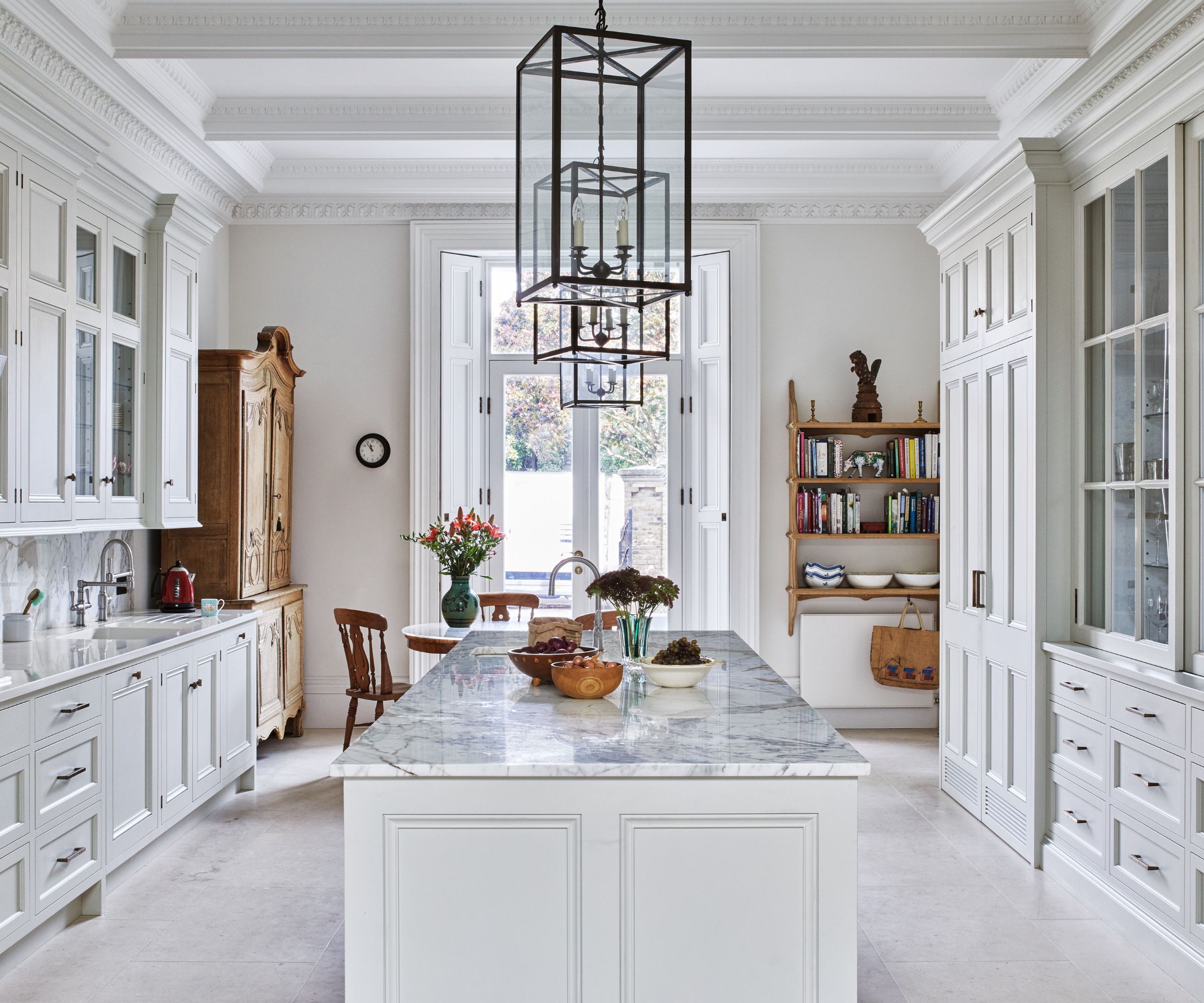 Are you making the most out of the estate sales in your area? These are the 5 most valuable items you should be shopping for
Are you making the most out of the estate sales in your area? These are the 5 most valuable items you should be shopping forVintage lovers and antique experts share the objects you should always look out for when you're exploring an estate sale
By Eleanor Richardson
-
 How to grow sassafras – for a low-maintenance native tree that can even be planted in shady yards
How to grow sassafras – for a low-maintenance native tree that can even be planted in shady yardsFor an easy-to-grow North American tree, you will not find much better than sassafras
By Thomas Rutter
-
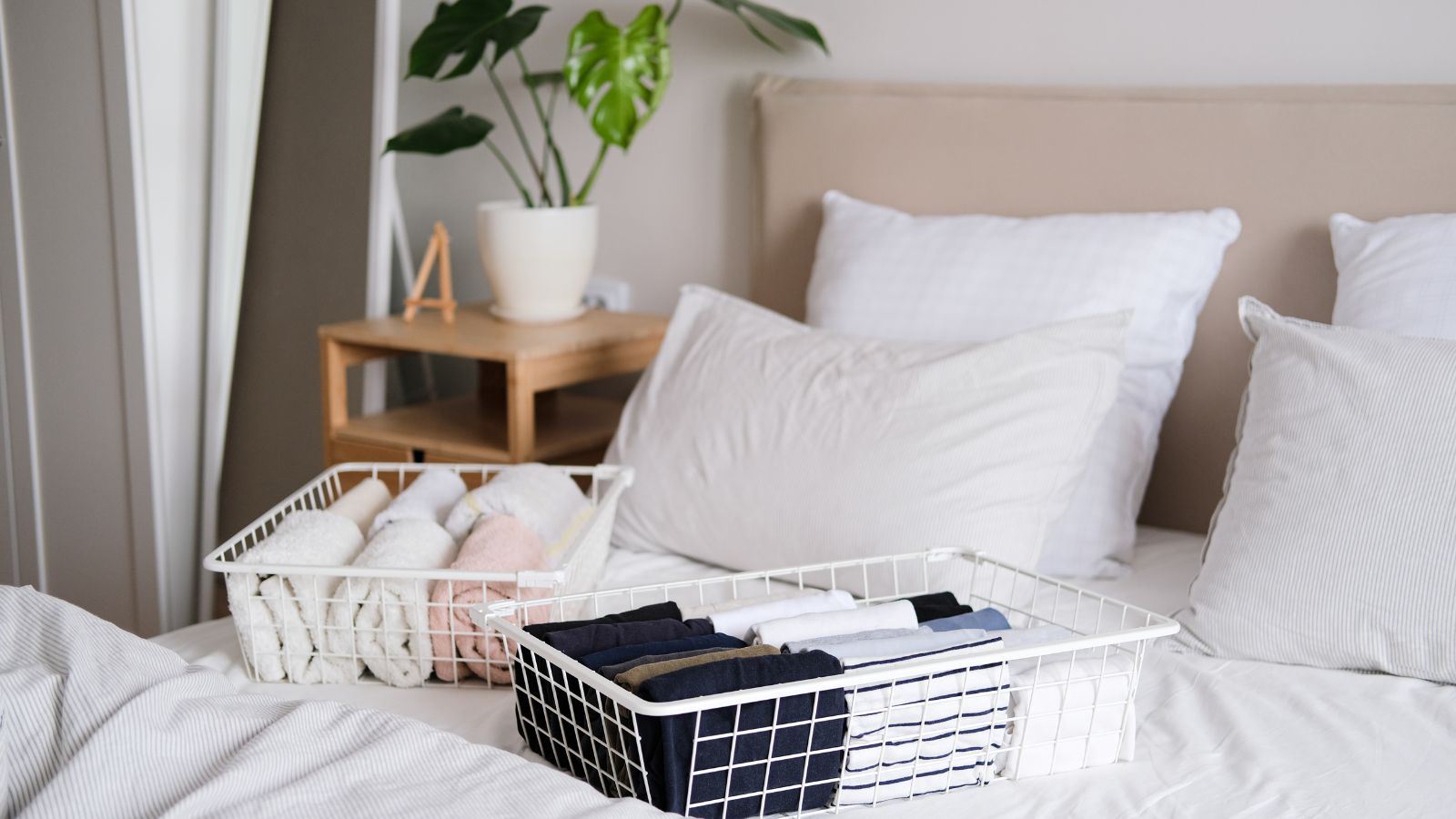 The 6 essential things professional organizers swear by to keep their rooms organized
The 6 essential things professional organizers swear by to keep their rooms organizedKeep your space streamlined too with these expert-approved buys
By Chiana Dickson
-
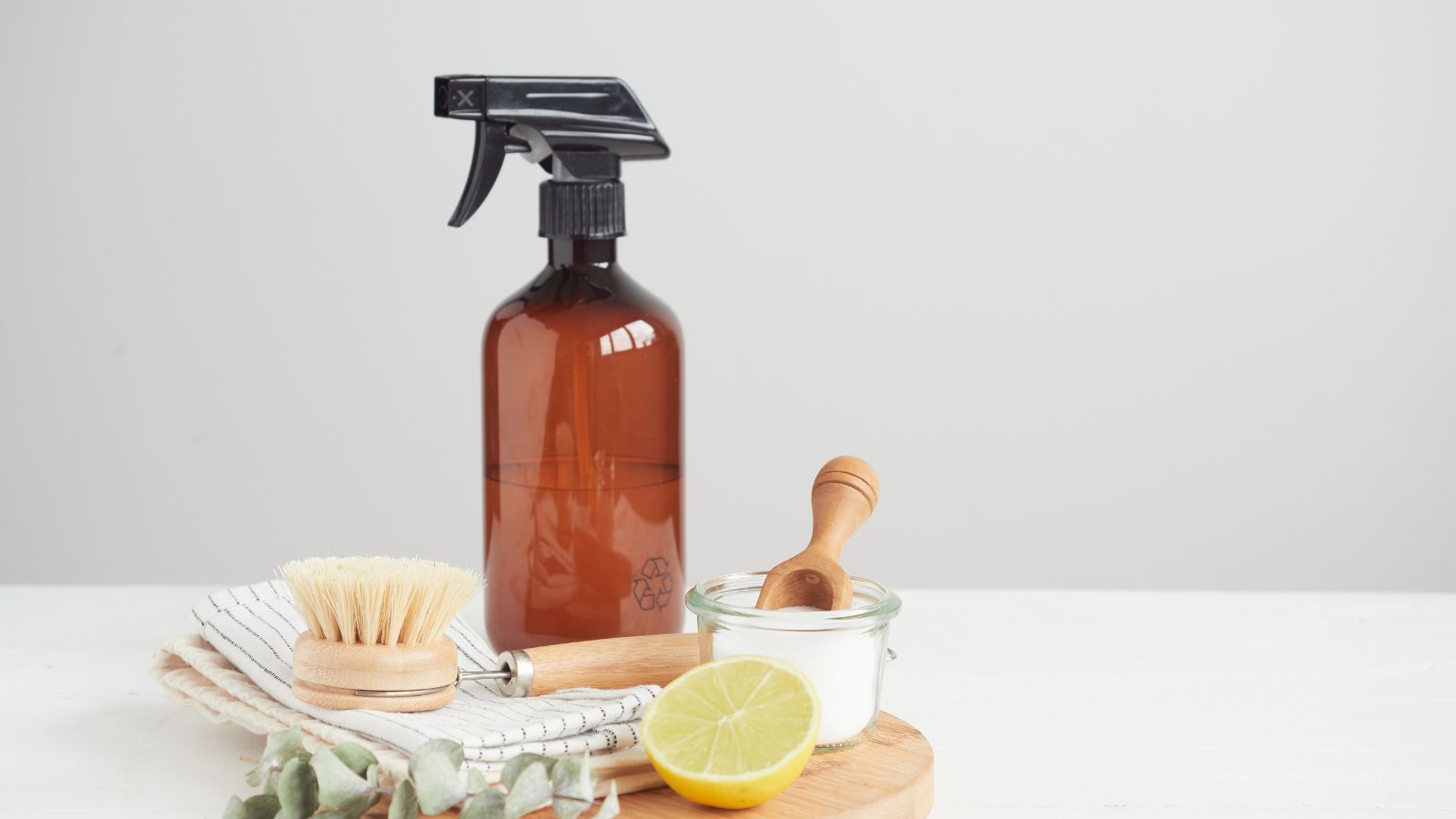 6 things you can clean with citric acid around the house – plus, it's eco-friendly and reduces the need for harsh chemicals in your home
6 things you can clean with citric acid around the house – plus, it's eco-friendly and reduces the need for harsh chemicals in your homeProfessional cleaners love using this natural cleaner around the house
By Ottilie Blackhall
-
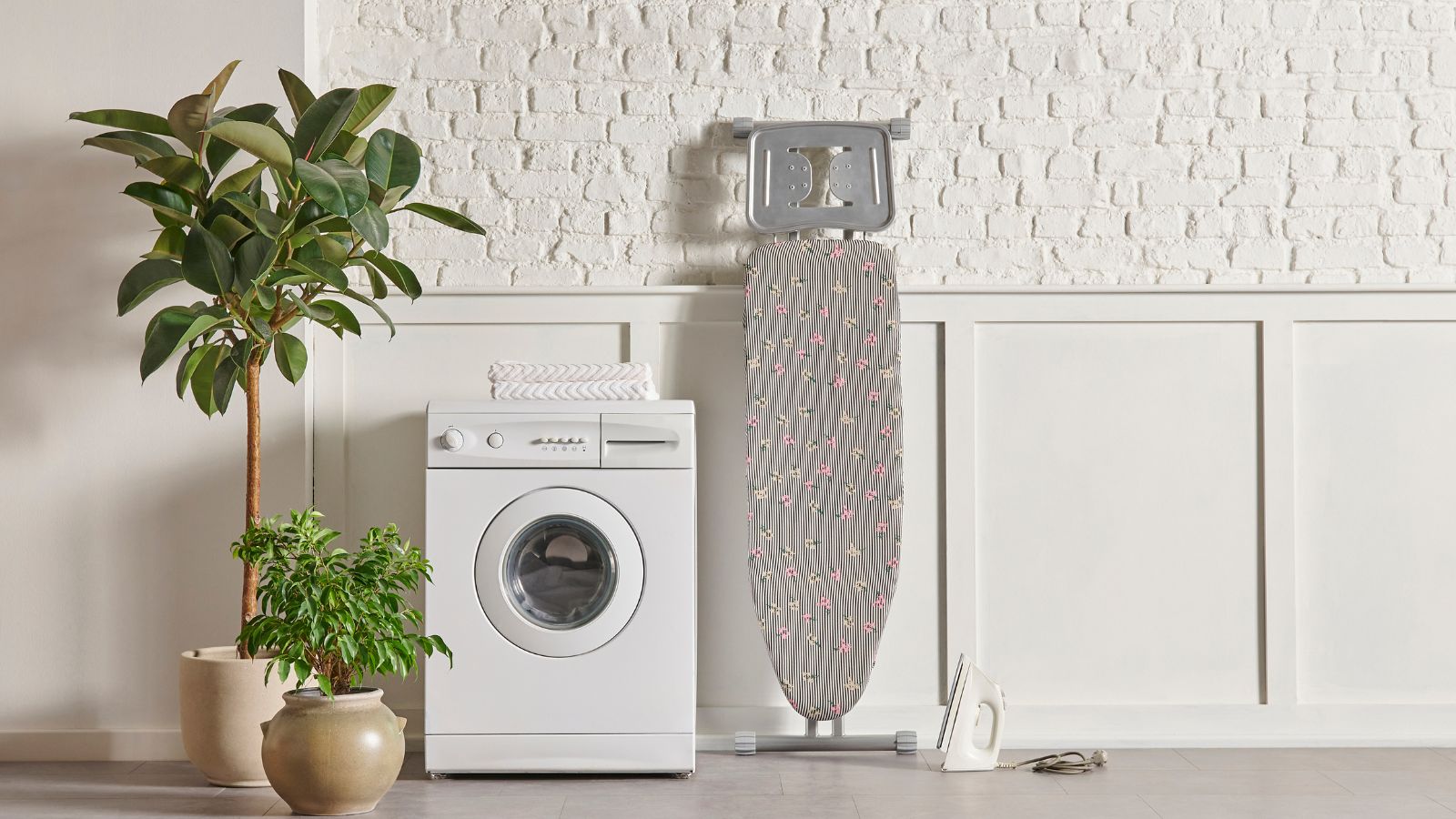 Can silk go in the dryer? Laundry pros say it could be a costly mistake, leading to warping and shrinking
Can silk go in the dryer? Laundry pros say it could be a costly mistake, leading to warping and shrinkingAvoid this drying blooper to protect your silk bedding and clothing, experts urge
By Chiana Dickson
-
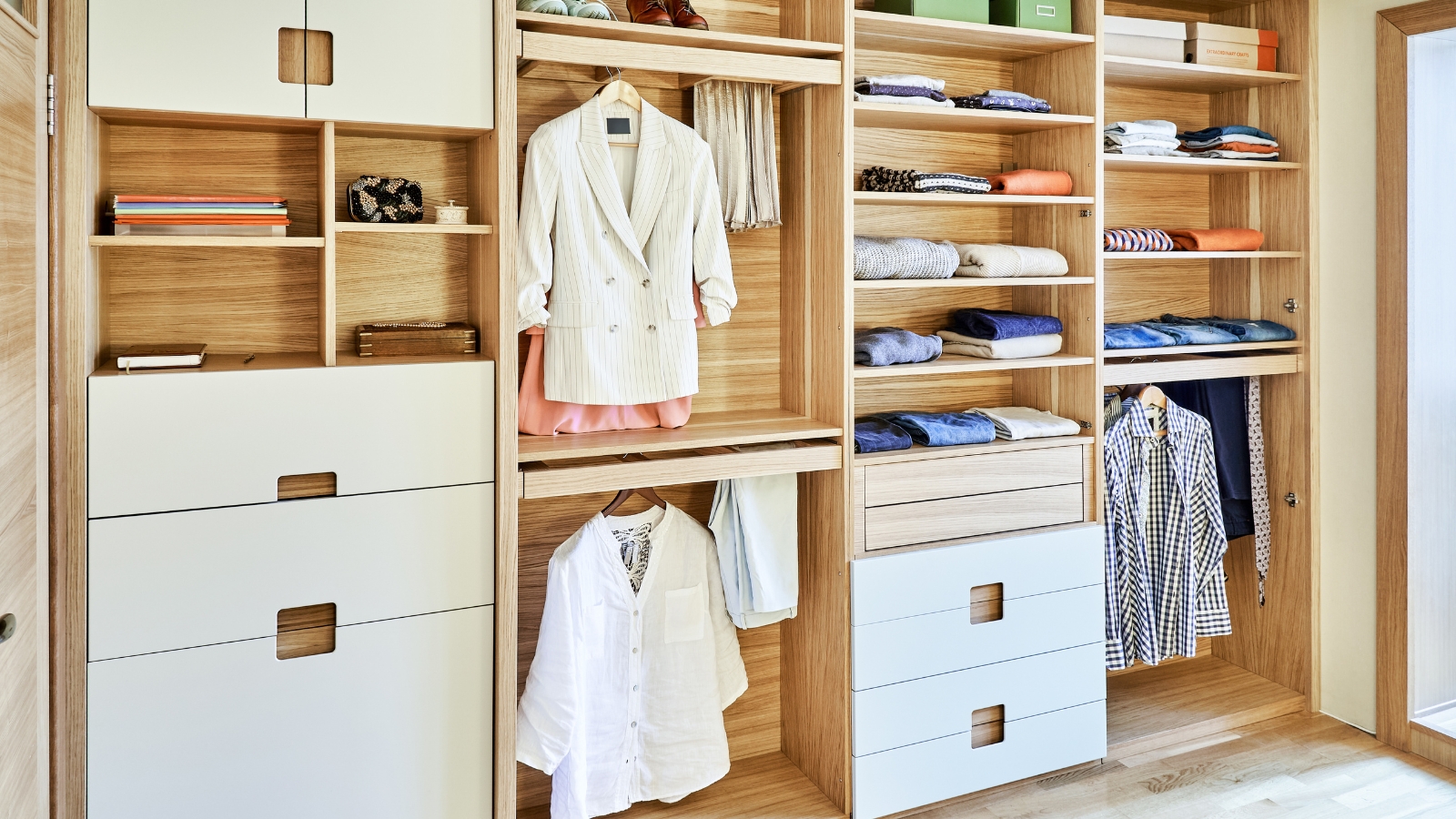 5 expert steps to organize a small walk-in closet – and how you can keep it that way for good
5 expert steps to organize a small walk-in closet – and how you can keep it that way for goodWith these organizer-approved tips, even the smallest of closets can be functional and beautiful
By Ottilie Blackhall
-
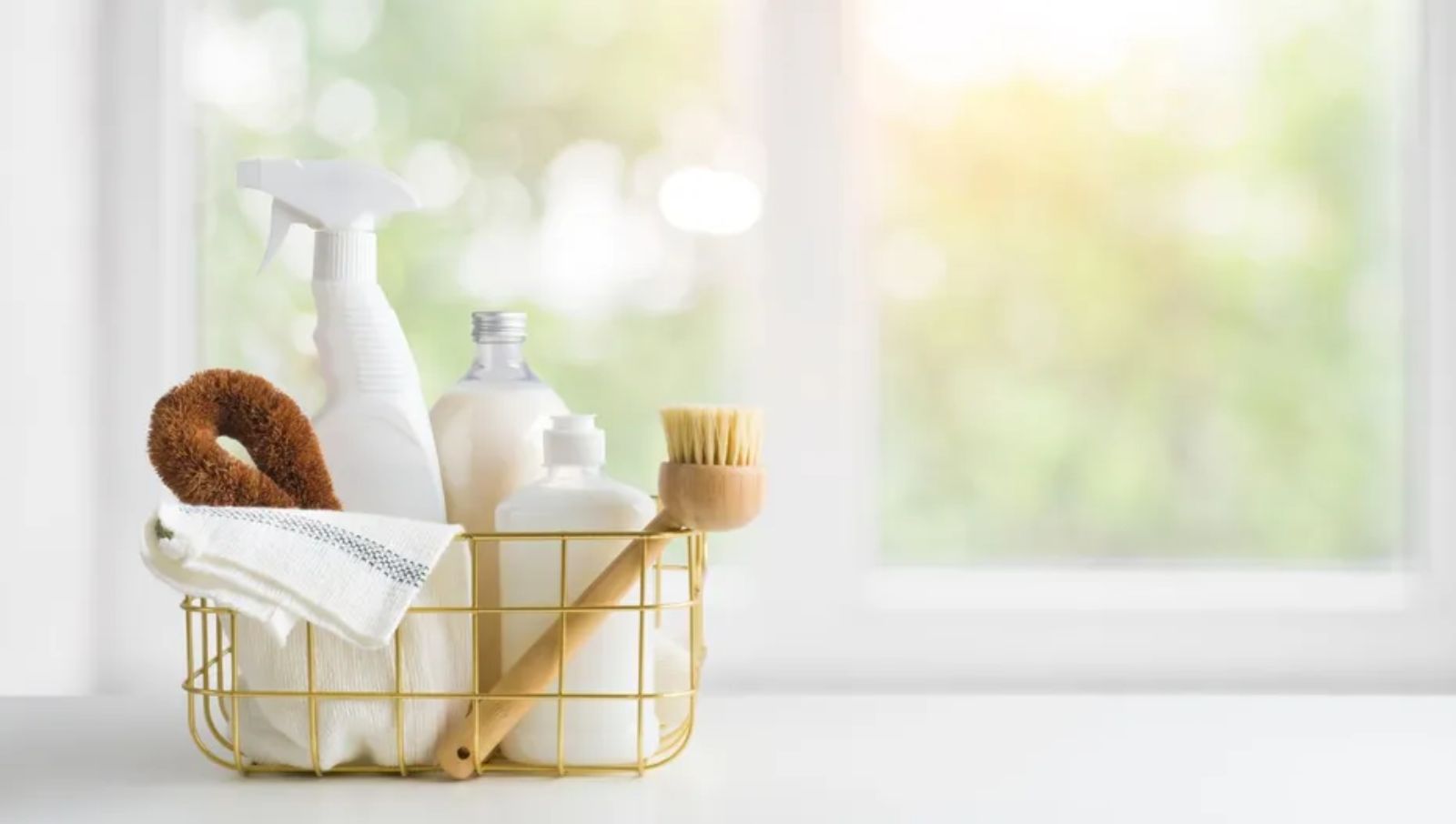 The 4 purchases professional cleaners always regret – pros reveal what's a waste of money and where to spend instead
The 4 purchases professional cleaners always regret – pros reveal what's a waste of money and where to spend insteadExperts warn off cleaning supplies that sound like a good idea but will actually make the task harder
By Chiana Dickson
-
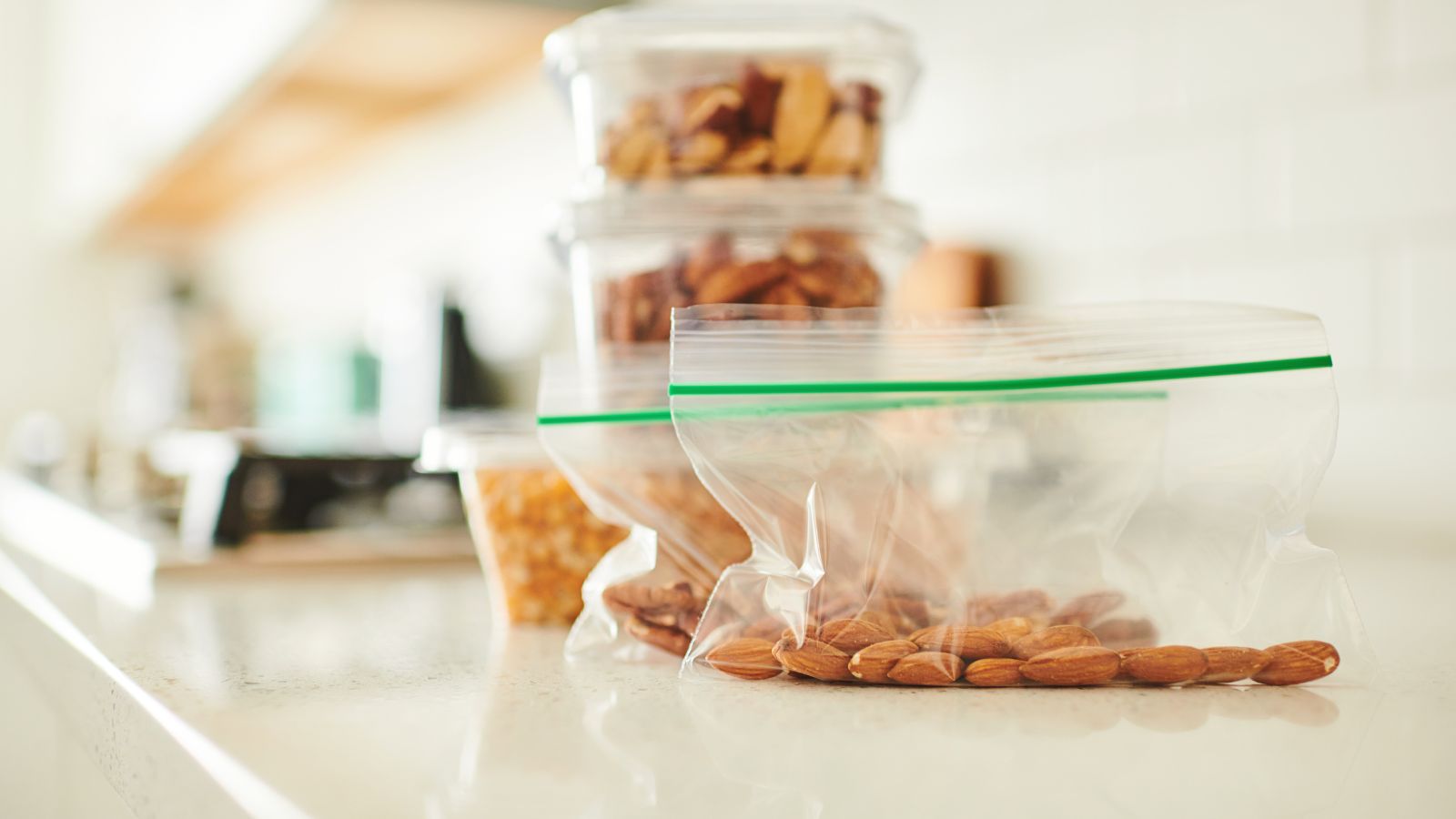 Experts reveal 8 surprising uses for Ziploc bags around your home that are cost-effective and clever
Experts reveal 8 surprising uses for Ziploc bags around your home that are cost-effective and cleverZiploc bags can be used in many ways from cleaning crayon marks to filing
By Ottilie Blackhall
-
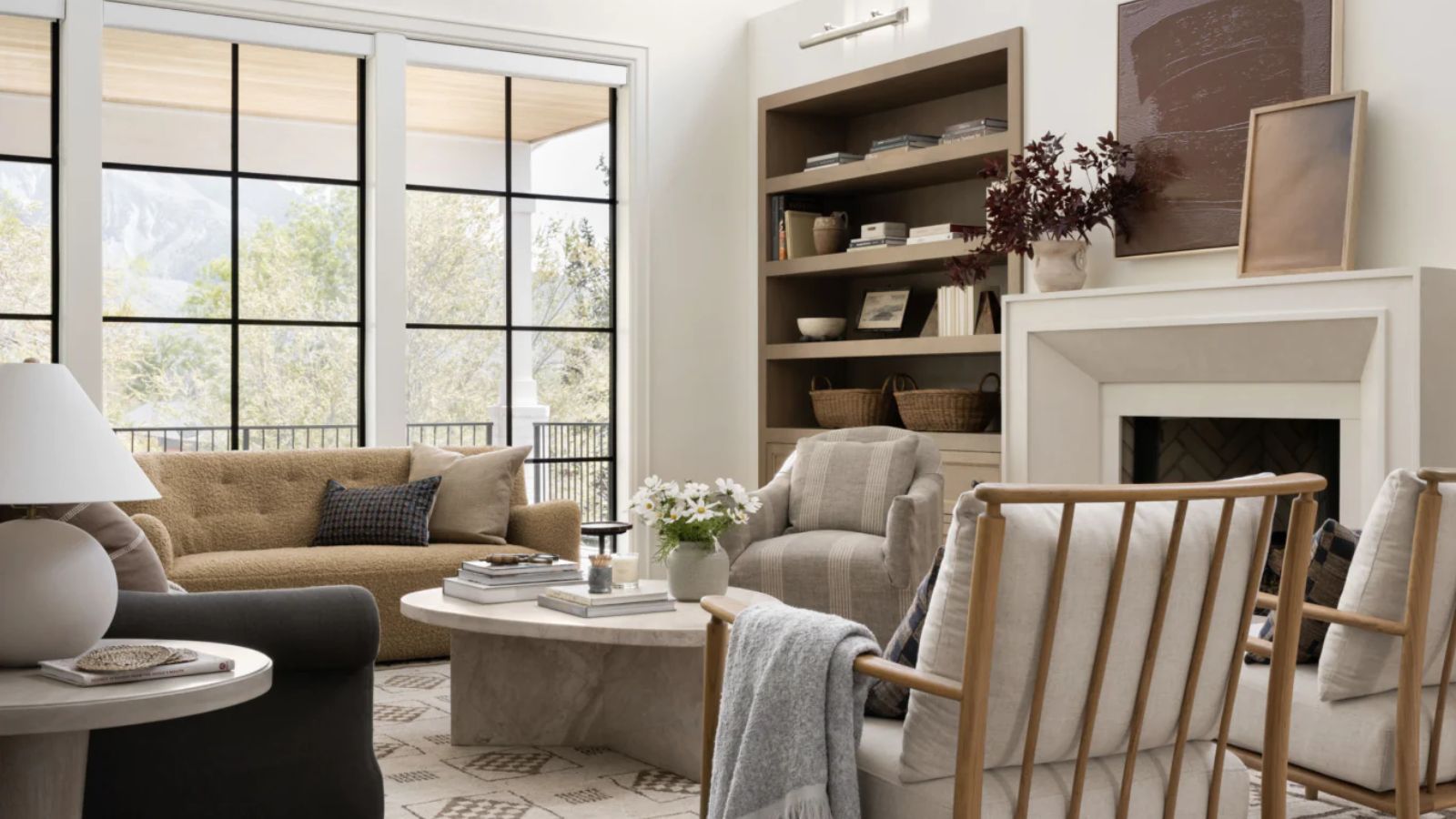 Professional organizers won't leave Walmart without these 6 items
Professional organizers won't leave Walmart without these 6 itemsElevate your home's storage with these expert-approved favorites
By Ottilie Blackhall
-
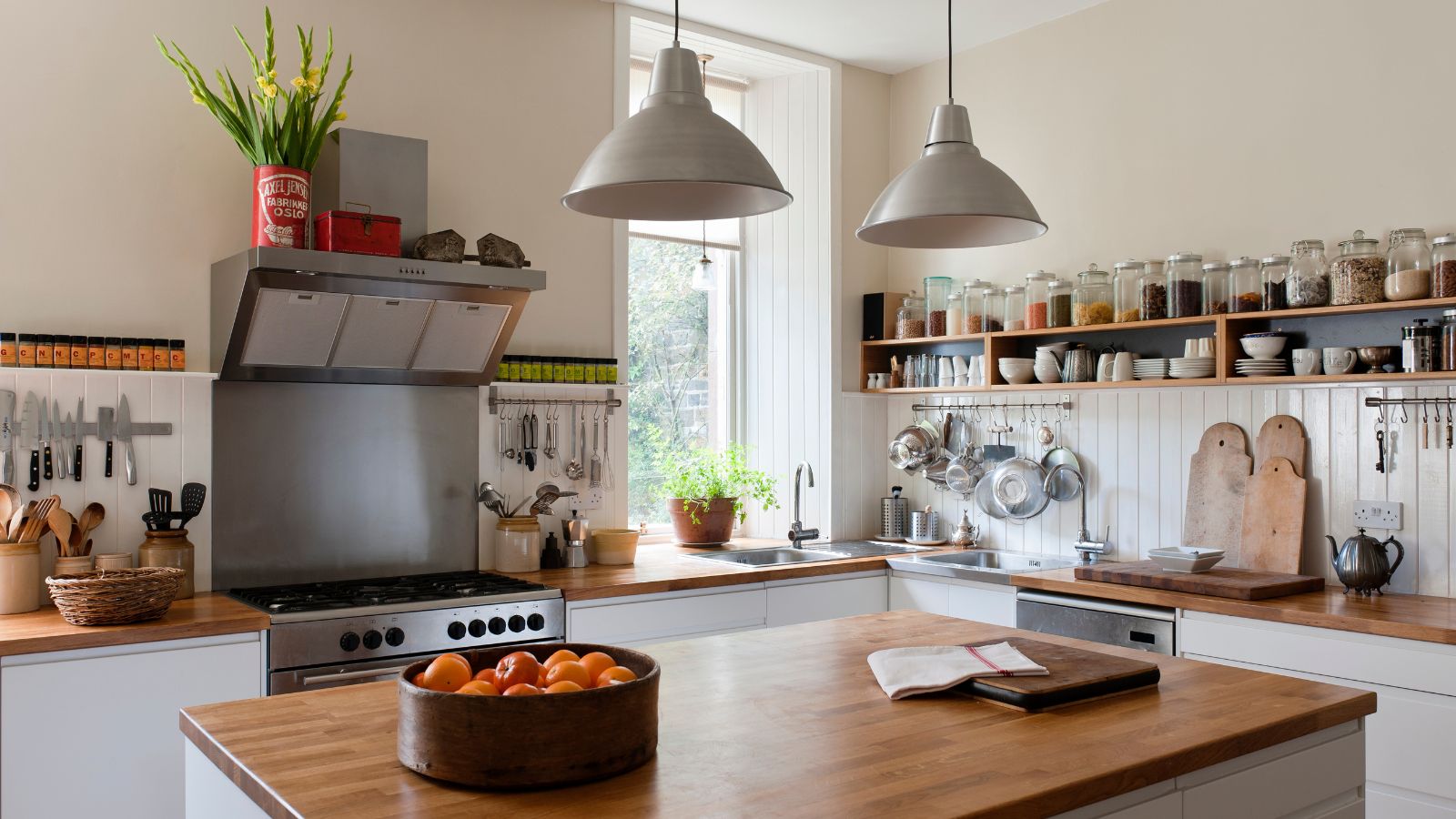 Experts reveal the 8 warning signs it's time to replace your hazardous old appliances – and what you definitely shouldn't delay or ignore
Experts reveal the 8 warning signs it's time to replace your hazardous old appliances – and what you definitely shouldn't delay or ignoreIt's time for an upgrade if you notice any of these alarming signs
By Ottilie Blackhall